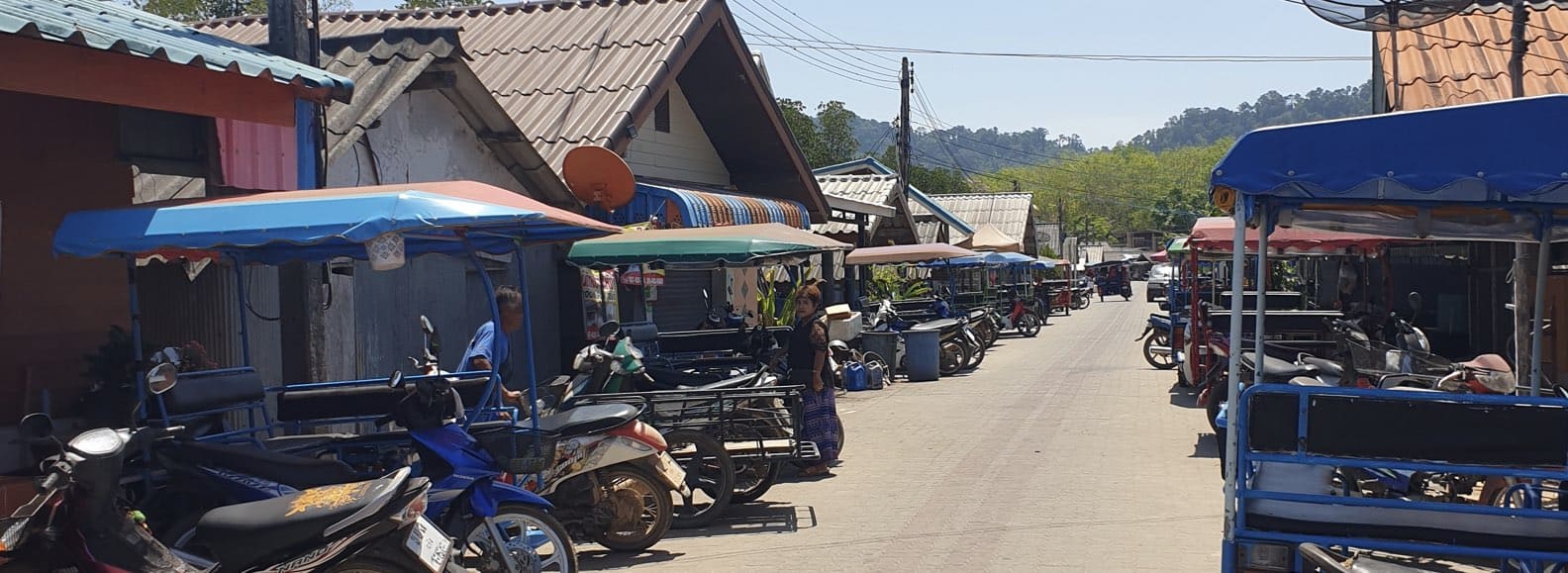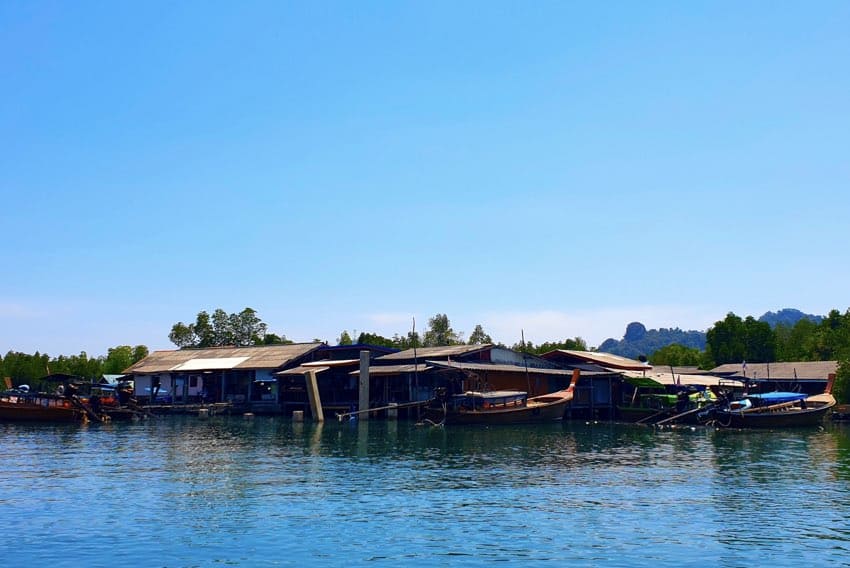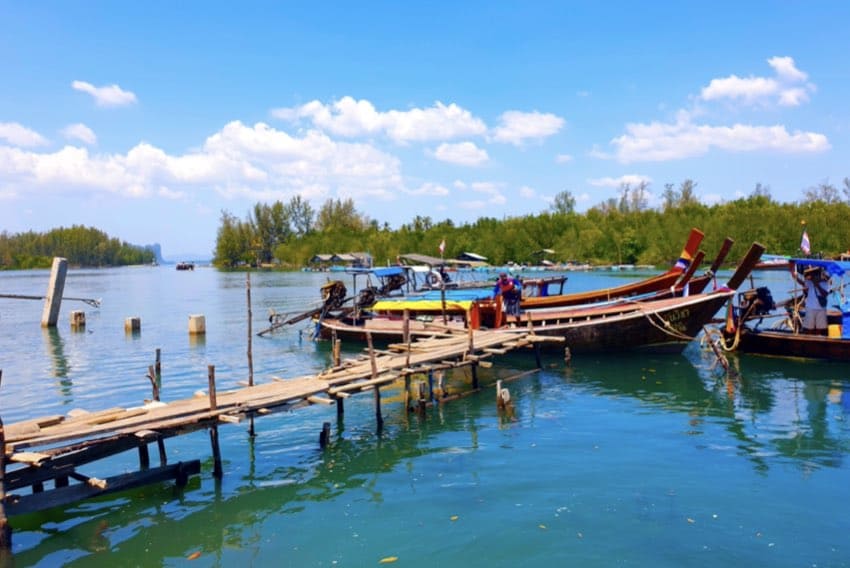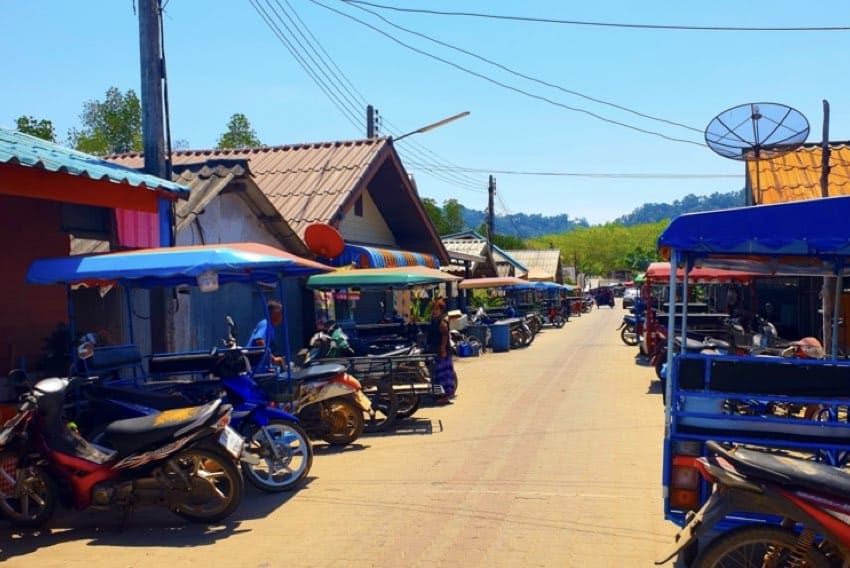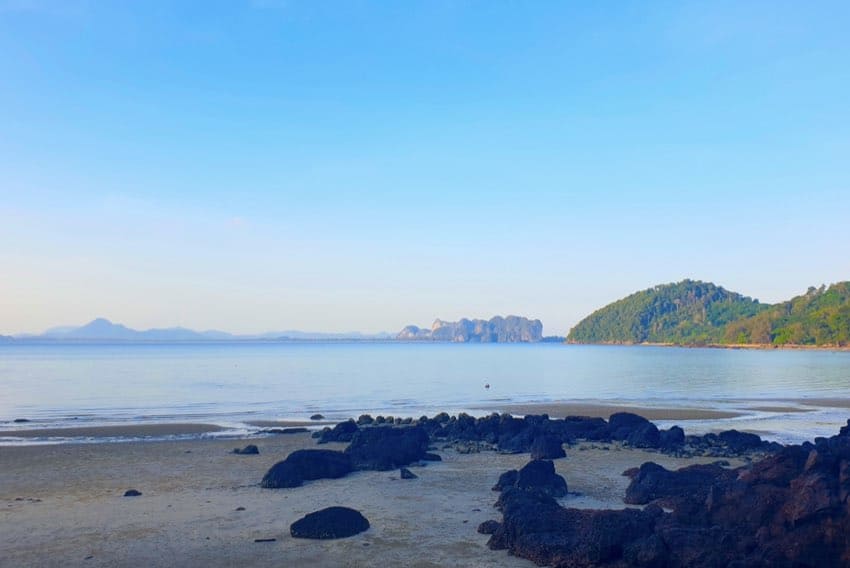A Circular Economy for Islands
The island of Koh Libong is a haven for marine wildlife. It boasts the largest area of seagrass in Thailand and is home to a colony of rare dugongs (sea cows).
To conserve this precious marine environment, the pilot project worked with local communities in eight villages, jointly with the Koh Libong Sub District Administration Organization (SAO) and Save Andaman Network Foundation (SAN) to avoid and manage plastic waste. We promoted circular waste management and improved municipal plastic waste management practices and policies.
WHAT HAVE WE ACHIEVED?
1. Improving waste management in eight communities
Coastal communities can see first-hand how waste flows from the land into the sea. People living in these areas need functioning waste management systems – but they can also play a key role in reducing and managing waste themselves. We approached eight villages in Koh Libong – five on the island and three on the main land under the same local authority in Koh Libong – and assessed the amount of waste and recyclable material collected and set up seven working groups and eight committees on waste management. Together we drafted community agreements and action plans. These groups will continue to drive forward and monitor the community waste management plan.
Working with government actors, we developed action plans for waste management at community level that will provide an enabling framework for all community activities. The improved municipal and plastic waste management policies will increase the recycling rate, improve waste collection systems, and reduce the amount of waste ending up at dump sites.
2. Promoting a circular economy model for islands
Creating a circular economy for plastics is about using and managing resources in an efficient and sustainable way. By reducing, reusing and recycling, communities can help avoid plastic material from leaking into the oceans. Where it’s not possible to reduce waste, plastic materials can be reused – without the need for further processing – or recycled to make the same or different products. We brought together local recyclers and small recycling business owners to demonstrate the circular economy model and sustainable plastic management. They took part in workshops, where they exchanged knowledge and ideas and looked at how to build a circular economy from the current recycling system and increase the local recycling rate and thus income from selling recyclable waste. The outcomes can now guide the local action plans for waste management.
3. Studying alternatives to single-use plastics
In addition to engaging with the community and promoting the circular economy, we also initiated studies to find alternatives to single-use plastics and business models for eco-friendly products. For example, replacing plastic packages with natural materials for food containers, can help protect the environment in keeping with the principles of the circular economy. To support this process, we worked with Prince Songkla University.
WHAT DO WE RECOMMEND FOR SIMILAR PROJECTS?
- Partner with the municipality, because there is a need for government support and investment in tools and transportation.
- Raise awareness. Education is important in changing the attitudes and behaviour of people so that they become more environmentally conscious. It also enables more effective waste management. Speak to people’s collective social responsibility to be clean, healthy and have a good environment. Engage women, young people and religious or community leaders to build a movement.
- Local authorities need to continue to learn about the circular economy model in order to improve recycling rates in cooperation with local recyclers and small recycling business owners.
Implemented by: International Union for Conservation of Nature (IUCN)

